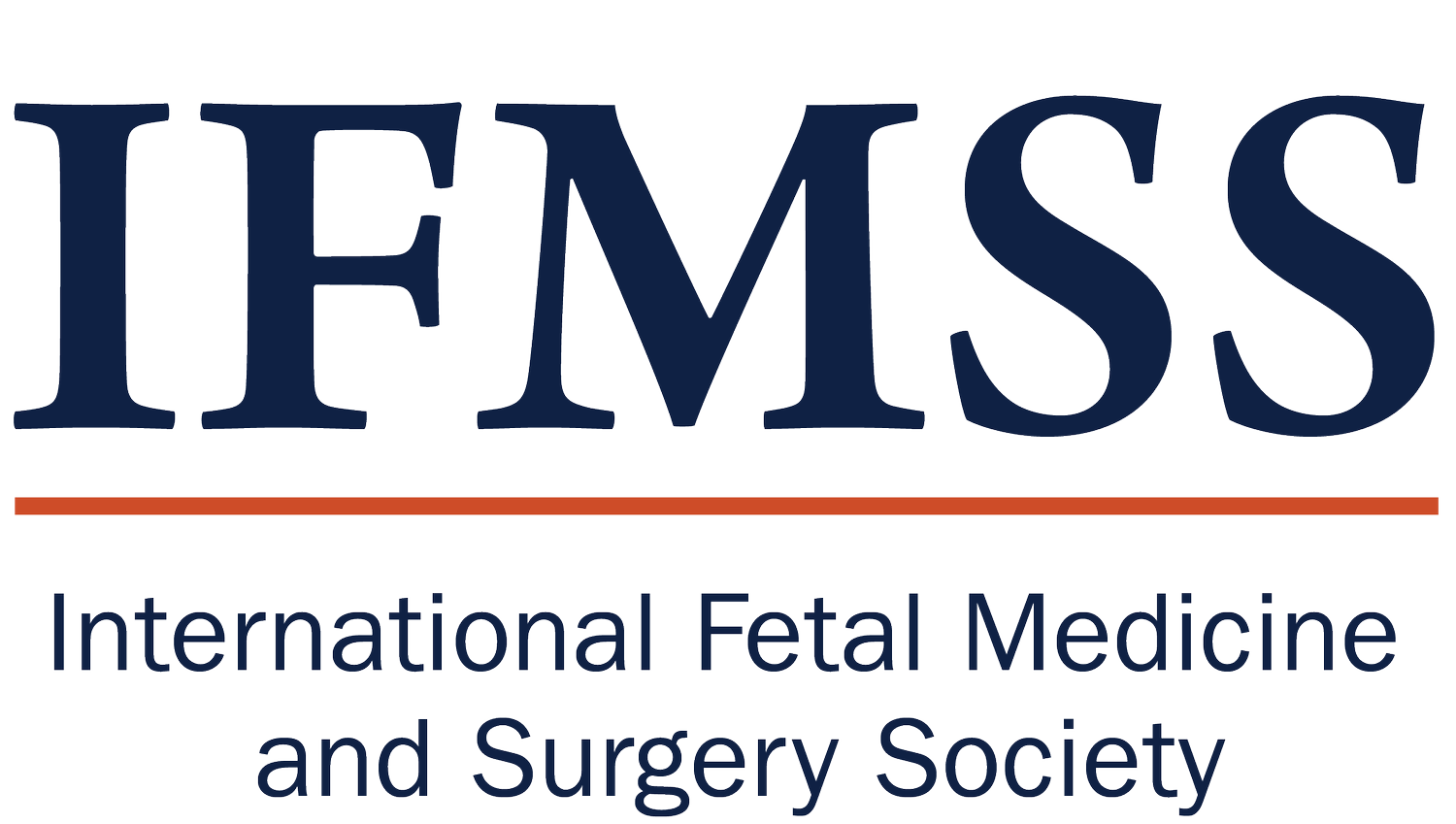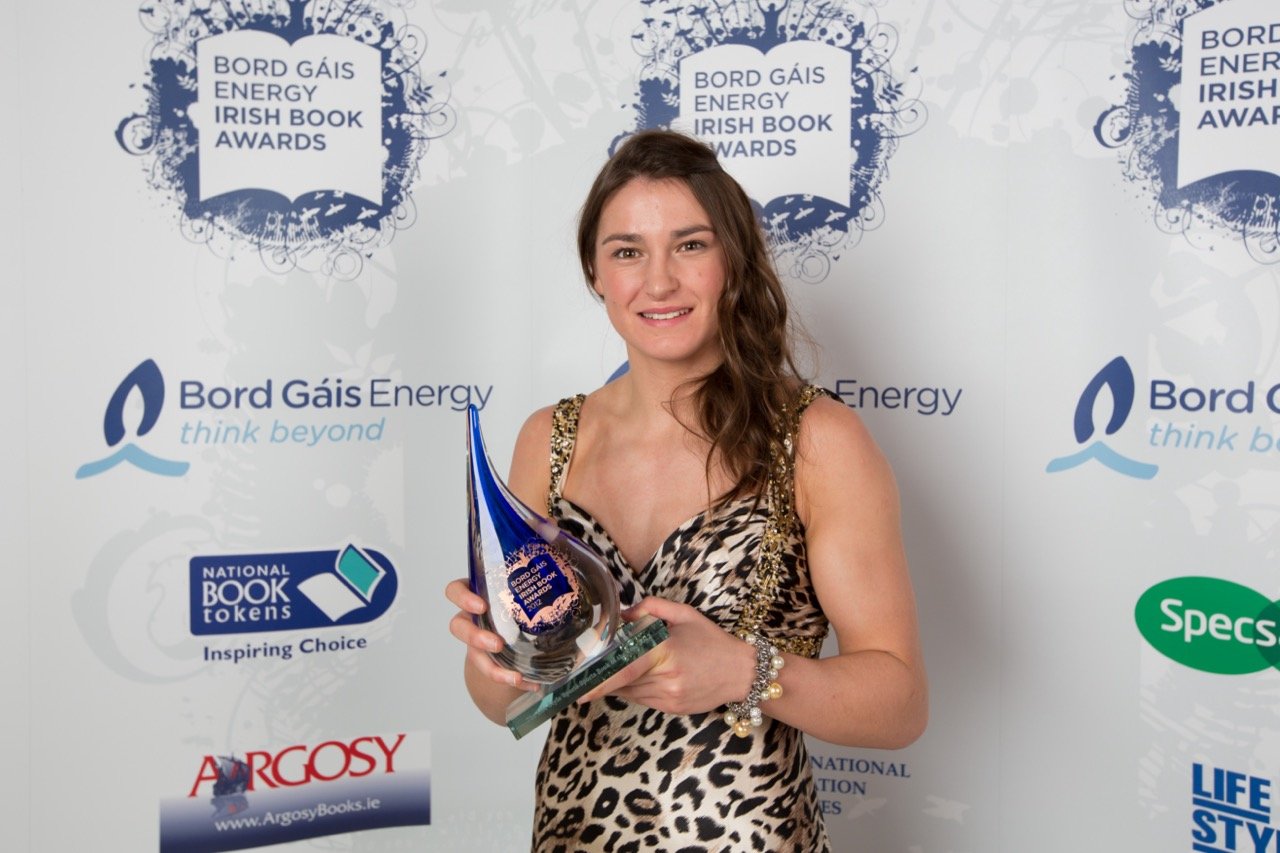“STORY, HORSE?”*
… “A few words” from Ireland
The annual Horse Show in the RDS (Royal Dublin Society) in August brings up a cornucopia of childhood memories: large and unfamiliar agricultural machinery, stands selling all kinds of everything, men in bowler hats, women in fancy hats and dresses, muck and manure underfoot, and of course, horses of every size and shape, with the culmination being the Aga Khan Cup won, as often as not it seemed, by Ireland’s Army Equestrian team.
The horse has a prominent role in Ireland’s mythology, culture, and economy. Horse fairs have been a part of Irish tradition for centuries, the oldest continuous one being the Spancilhill Fair whose charter was granted in 1601. Now in the 21st century, the equine industry is worth around 2.5 billion euro to the Irish economy, its contribution coming from breeding, training, racing and equine support services. According to a report compiled for Horse Racing Ireland (HRI), in 2022 Ireland was “the second largest territory by value for global public bloodstock sales”, the US being the first.
Racing is a major sport here, with 26 courses at time of writing. Irish jockeys have ridden many winning horses around the world, but a ground-breaking event was Racheal Blackmore being the first woman to ride the winner of the Aintree Grand National in 2021.
A much lesser known equine element in Irish society is the urban horse. In parts of Dublin and Limerick, young men can be seen riding bareback on horses in among some of the most deprived housing estates in the cities (viz the scene in The Commitments!). Despite many official attempts to eradicate the practice, raising, riding, and racing horses remains a deep-seated tradition which has somehow crossed over from the rural to the urban. Indeed, some recognition of this may at last be found in a recent initiative, the Horses for Hope Equine Centre at Castlerea Prison (Co Roscommon).
*a form of greeting usually between males; ‘horse’ = pal; mate
Ireland Through the Lens
The advice to “never work with children or animals” was clearly ignored by Gabriel Byrne who appears in the Irish film Into the West (1992) as the father of two young boys who head off ‘into the west’ on horseback. The film has been described as ‘a modern-day fairytale’, a term unlikely to be used for Calm with Horses (2020), based on a short story by Irish writer Colm Barrett.
A horse makes a ‘guest appearance’ in The Commitments (1991) – blink and you might miss it – but three racehorses take centre stage in Liz Mermin’s documentary Horses (2010) about a year in the life of an Irish trainer, while Pure Grit (2022), made by Ireland-based documentary maker Kim Bartley, focuses on a native American horse-riding champion.
Please note, the Irish have a much more ‘accepting’ relationship with strong language than many other nationalities.
A Living Tradition*
Image by Chemical Engineer - Own work, CC BY-SA 4.0
If Irish films with horses are hard to find, Irish songs about horses are much easier to source. A Guardian piece on the topic identifies two: Show of Hands’ The Galway Farmer and The Pogues’ Bottle of Smoke.
A traditional song you’ll often hear in pub sing-a-longs is the Waxies Dargle about two Dublin women who want to go to the Galway Races. A more modern composition is The Chieftains’ Ballad of the Irish Horse, written as the soundtrack for a National Geographic documentary, which nonetheless combines traditional with orchestral tropes. However, The Rubberbandits’ hip-hop number Horse Outside, albeit humorously referencing aspects of Irish life, is definitely not traditional and indeed not for sensitive souls – the video carries a mature audience warning!
Quark
Katie Taylor receiving the Irish Book Award in 2012. Image courtesy of Unique Media.
Although a major part of Irish life and economy, horses don’t seem to feature very much in our literature. However, they are emblematic of our interest in sport.
While soccer and rugby are among the most popular, there are sports which are considered to be specifically Irish, namely hurling, camogie and Gaelic football. Ciaran Murphy’s This is the Life: Days and Nights in the GAA (2023, Sandycove) provides a broad ‘grassroots’ view of the GAA (Gaelic Athletic Association), the organization which administers these three sports in Ireland.
More specifically, Zac Moradi’s Life Begins in Leitrim (2022, Gill & Macmillan) is an unusual introduction to hurling as it is the story of an Iraqi refugee’s integration into Irish culture through the medium of sport, while camogie player Eimear Ryan’s The Grass Ceiling (2023, Sandycove) explores what it means to be “female in a male-dominated sporting world”.
The Irish Book Awards, established in 2007, ask readers to vote every year for their favourite book in a range of genres. In the sports category, winners have included footballers Johnny Giles and Paul McGrath and rugby players Ronan O’Gara and Brian O’Driscoll, world champion boxer Katie Taylor and cyclist Nicolas Roche.




